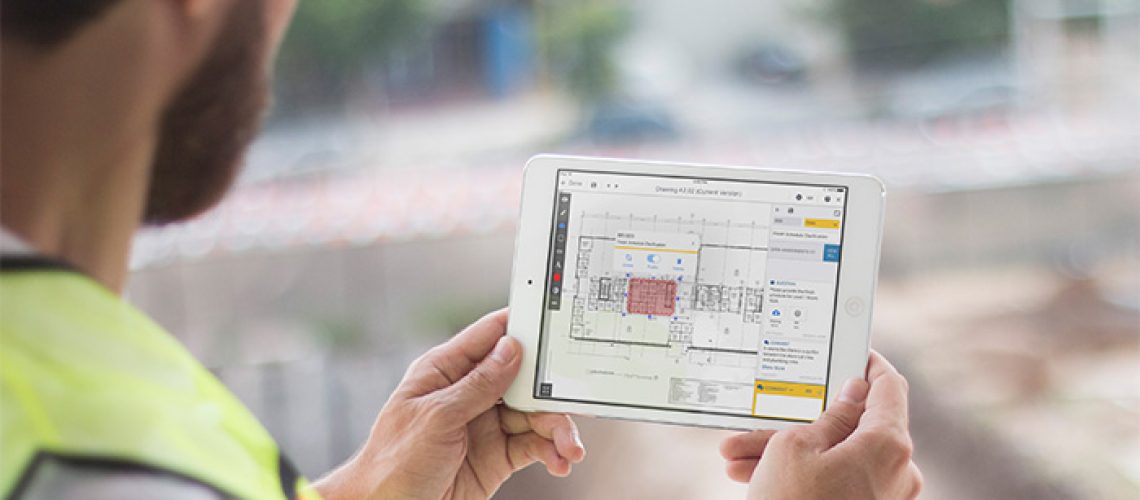But is your digital workflow connected?
The construction industry has gone through a major upheaval in the last 10-20 years with regard to technology. We’ve rapidly moving from a largely paper-driven process to fairly comprehensive digital processes.
But is your digital workflow connected? We talk a lot about communication and anytime/anywhere access, but is that happening?
Too often, organizations look to technology to simply automate a manual tasks. RFIs are managed in one system, submittals in another, project drawing markups in another, meeting invites and minutes likely in Word and budgets in a spreadsheet—all disparate and disconnected from each other. Now add in emails, drawings and models, change orders, and document control becomes a series of applications with no connection, and therefore no way to sort and manage the key data.
The folder structure that we’ve become accustomed to is ill-equipped to manage data effectively. There’s no way to search or track messages, and certainly no transparency. In many cases, the amount of data created on any given day on the job can result in out of control data, or at least an inefficient use of a valuable resource.
Even as we continue to automate all facets of the construction process, it’s vital that we solidify data connections.
Solutions such as ProjectSight include data linking functionality that connects data from various sources. For instance, a project manager performing a jobsite walkthrough or punchlist sees a problem with an installation. When data is linked, the project manager is able to see the drawing or model in the field, drop a pin on it to mark the location, and document the issue on the punchlist report, all from the same program.
As well, when data is connected, filtering data from submittals and RFIs into a summary report is easier than conventional methods that required a manual search of multiple documents.
It’s time to look beyond the simple automation of necessary tasks to a solution that manages data—not documents and folders. Get a more connected experience by getting control of your data and solidifying connections.




